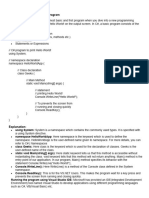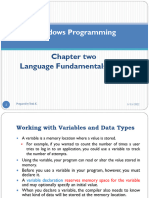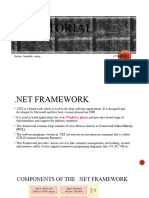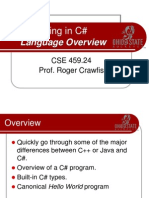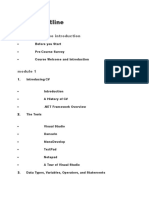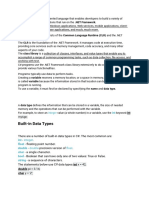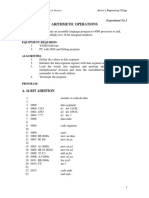0% found this document useful (0 votes)
10 views22 pagesDotnet Unit 2
This document provides an overview of C# programming language basics, including its structure, data types, type conversion, and control flow statements. It covers essential concepts such as methods, properties, and collections, along with examples for better understanding. Key topics include boxing and unboxing, conditional statements, looping constructs, and method definitions in C#.
Uploaded by
lonelysb4miCopyright
© © All Rights Reserved
We take content rights seriously. If you suspect this is your content, claim it here.
Available Formats
Download as PDF, TXT or read online on Scribd
0% found this document useful (0 votes)
10 views22 pagesDotnet Unit 2
This document provides an overview of C# programming language basics, including its structure, data types, type conversion, and control flow statements. It covers essential concepts such as methods, properties, and collections, along with examples for better understanding. Key topics include boxing and unboxing, conditional statements, looping constructs, and method definitions in C#.
Uploaded by
lonelysb4miCopyright
© © All Rights Reserved
We take content rights seriously. If you suspect this is your content, claim it here.
Available Formats
Download as PDF, TXT or read online on Scribd
/ 22





